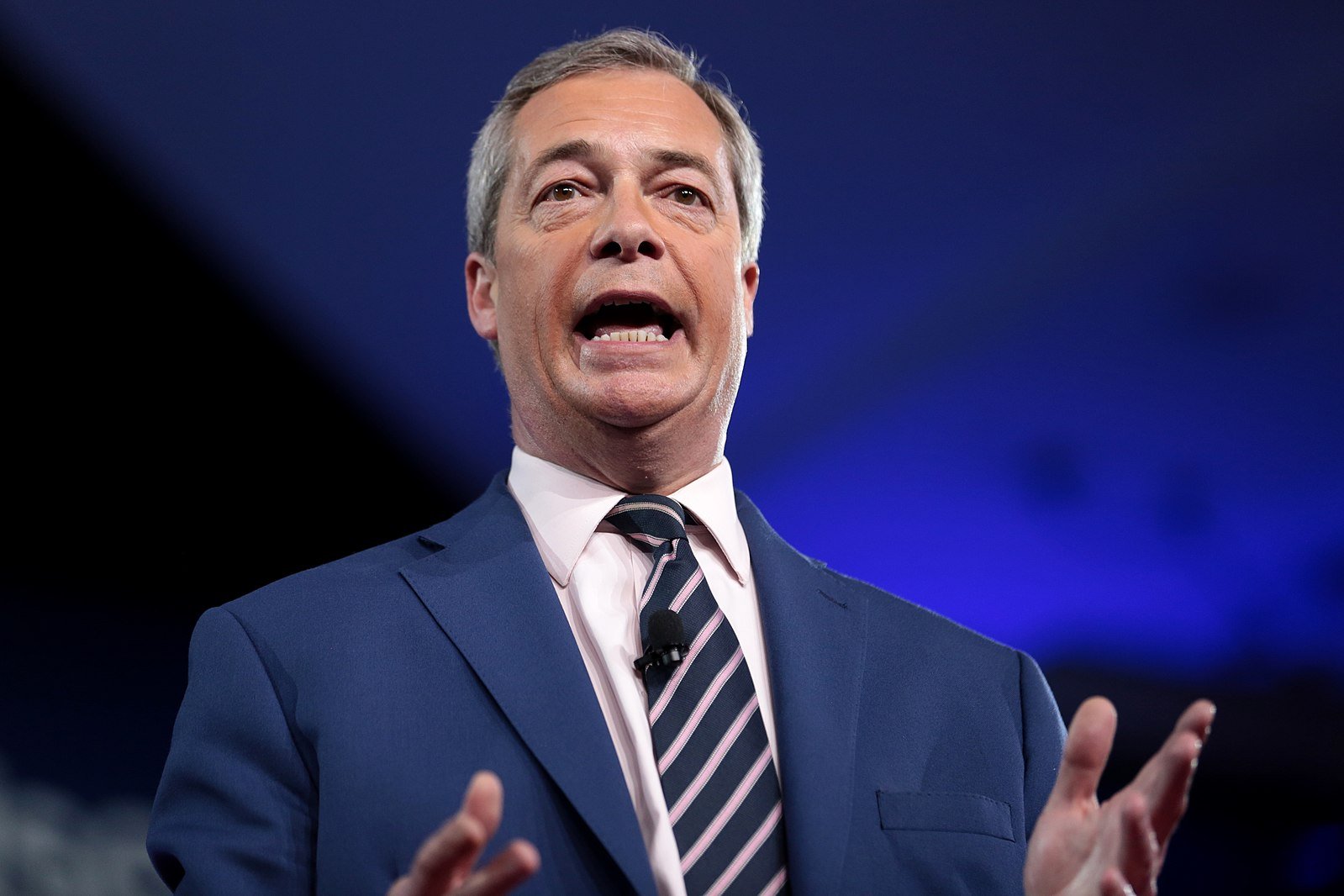
In a landmark week for cryptocurrency, Bitcoin surged to $95,000, marking an 11% increase and its strongest weekly performance since November 2024. This rally is fueled by significant institutional investments and a series of U.S. policy shifts favoring digital assets.
Institutional Influx: ETFs Drive Momentum
U.S.-listed spot Bitcoin ETFs experienced unprecedented inflows, with nearly $2.7 billion pouring in this week alone. Major players like ARK 21Shares, Fidelity Wise Origin, and iShares Bitcoin Trust attracted substantial investments, signalling growing confidence among institutional investors. BlockBase Insights+2CoinDesk+2Investor’s Business Daily+2Investor’s Business Daily+1New York Post+1
Cantor Fitzgerald announced a $3.6 billion crypto venture, Twenty One Capital, in collaboration with SoftBank, Tether, and Bitfinex. The venture aims to acquire over 42,000 bitcoins, positioning itself as one of the largest holders globally.
Policy Shifts: U.S. Government Embraces Crypto
President Trump’s administration has taken significant steps to integrate cryptocurrencies into the national financial framework. An executive order established a Strategic Bitcoin Reserve, utilizing seized digital assets to bolster national reserves. This move aims to solidify the U.S.’s position as a leader in the crypto space. New York Post+1Investor’s Business Daily+1Wikipedia+2Wikipedia+2Investor’s Business Daily+2
Additionally, the appointment of Paul Atkins as the new SEC chairman signals a more crypto-friendly regulatory environment. Atkins has emphasised the need for clear regulations to foster innovation while ensuring investor protection.
Market Dynamics: Bitcoin’s Role as a Safe Haven
Amidst global economic uncertainties, Bitcoin’s performance has outpaced traditional assets. While gold reached a record high of $3,500 per ounce, Bitcoin’s ascent reflects its growing appeal as a hedge against inflation and currency devaluation.
Analysts caution, however, that while Bitcoin shows promise as a store of value, it has yet to demonstrate the stability required to be considered a true safe-haven asset. Long-term performance and broader adoption will be key factors in this evolution.
Global Perspectives: Diverging Views on Crypto Reserves
Internationally, the response to integrating Bitcoin into national reserves has been mixed. The Swiss National Bank recently rejected proposals to include Bitcoin in its reserves, citing concerns over volatility and liquidity
Conversely, several U.S. states, including Texas and Florida, are exploring the establishment of their own Bitcoin reserves, reflecting a growing domestic interest in digital asset adoptio
Future Outlook: Bitcoin’s Trajectory
With Bitcoin’s current price hovering around $94,699, market sentiment remains overwhelmingly bullish. ARK Invest analysts recently projected that Bitcoin could soar to anywhere between $300,000 and $1.5 million by 2030, depending on various adoption scenarios, including broader institutional acceptance, global regulatory clarity, and increasing consumer trust in decentralized financial systems. Their models suggest that even conservative adoption estimates could send Bitcoin significantly higher than its current valuations.
Part of this optimism stems from the rapid influx of institutional capital. Major financial players, from hedge funds to pension managers, are now viewing Bitcoin not just as a speculative asset but as a legitimate hedge against inflation, currency devaluation, and geopolitical instability. This narrative strengthens Bitcoin’s position as a “digital gold” — a scarce, borderless, and censorship-resistant asset that can thrive in uncertain economic climates.
Moreover, the development of clearer regulatory frameworks in the U.S. and Europe could further catalyse Bitcoin’s growth. Legislation such as the EU’s MiCA (Markets in Crypto Assets Regulation) and evolving U.S. guidelines aim to provide the clarity that institutional investors have long demanded before allocating larger portions of their portfolios into crypto. As these frameworks mature, the crypto ecosystem could attract trillions of dollars more in institutional money over the next five years.
However, risks remain. Bitcoin’s price has historically been volatile, and critics warn that speculative bubbles can form quickly. Geopolitical factors, future taxation policies, and technological risks, such as quantum computing threats to blockchain security, also represent longer-term uncertainties. Despite this, the underlying trend points toward growing mainstream integration. Leading banks such as JPMorgan, Goldman Sachs, and Fidelity have all expanded their crypto services, and even payment giants like Visa and Mastercard are embracing Bitcoin-related transactions.
In the broader context, Bitcoin’s evolution could mirror that of the internet itself — initially misunderstood, then disruptive, and ultimately indispensable. Should Bitcoin continue to gain acceptance as both a store of value and a financial instrument, its market cap could rival or surpass traditional safe-haven assets like gold, potentially creating an entirely new financial paradigm for the 21st century.
As 2025 unfolds, Bitcoin stands not just as a digital currency but as a symbol of financial evolution, representing the shifting tides of how value is stored, transferred, and preserved in a rapidly digitising world.






